Behind the Attraction: Indiana Jones Adventure
Recently, Disney Parks Chairman Josh D’Amaro made headlines when he discussed an impending change at Disney’s Animal Kingdom.
One day soon, that park will add a themed attraction based on Indiana Jones…and this time Disney means it!
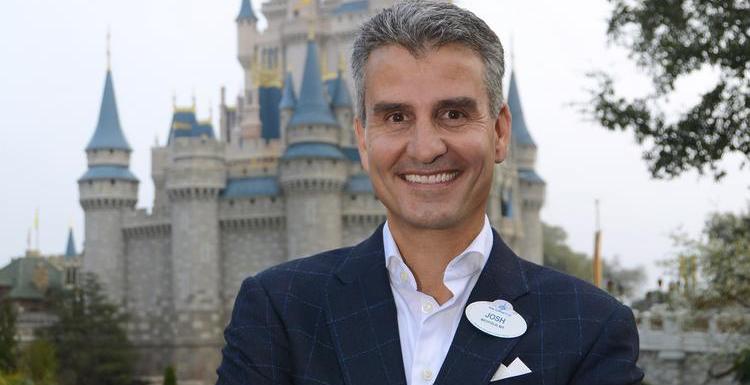

Photo: Dr DIsney
Disneyland fans often point and laugh at their East Coast counterparts because they’ve had an Indiana Jones ride since 1995.
In the latest episode of Behind the Attraction, we learn how Michael Eisner got his wish and brought more of Hollywood to Disneyland.
Eisner’s Plan
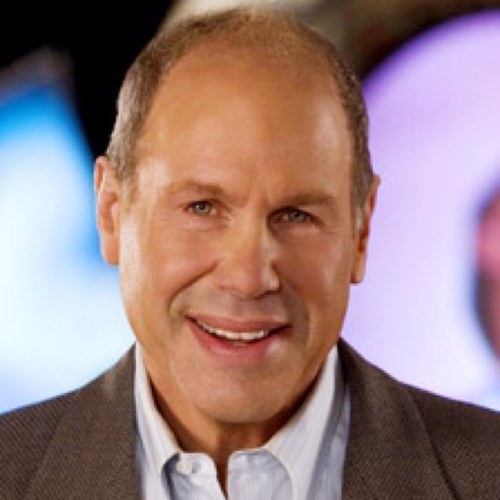

Photo Credit: Michael Eisner via Twitter @Michael_Eisner
In 1984, Michael Eisner and his cohort, Frank Wells, joined Disney.
Eisner held the titles of CEO and Chairman. However, it’s not a coincidence that Disney excelled while Wells was alive.
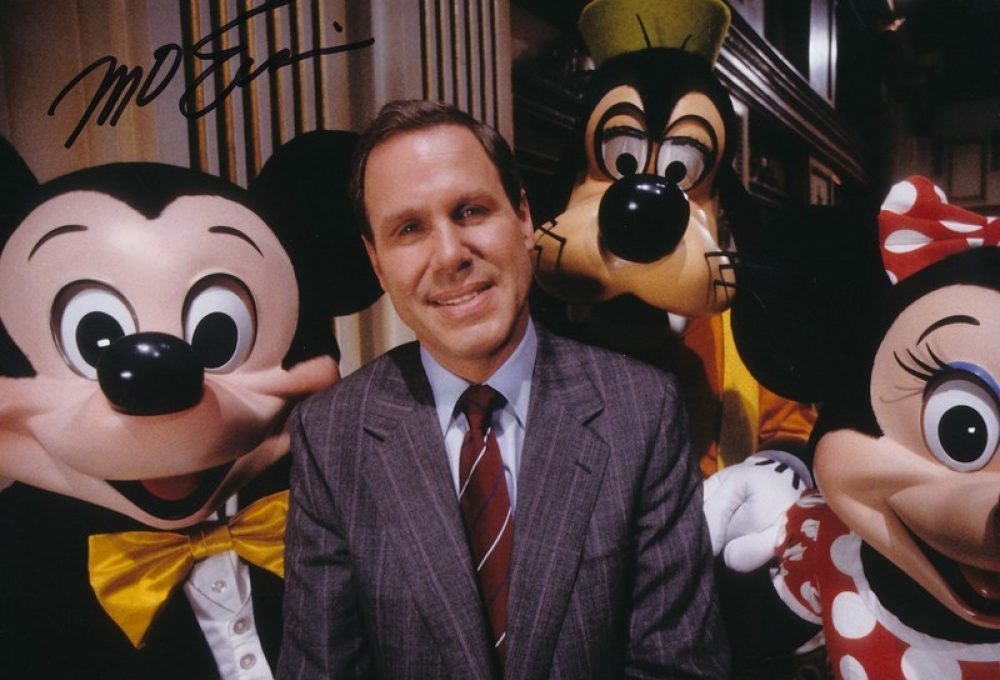

Photo: Disney
Wells joined Disney as Chief Operating Officer and President. Effectively, he held the same role to Eisner that Roy Disney had with his brother Walt.
Wells kept Eisner in check, and the two paired perfectly. They also held a natural kinship. Each of them made their reputation in Hollywood.
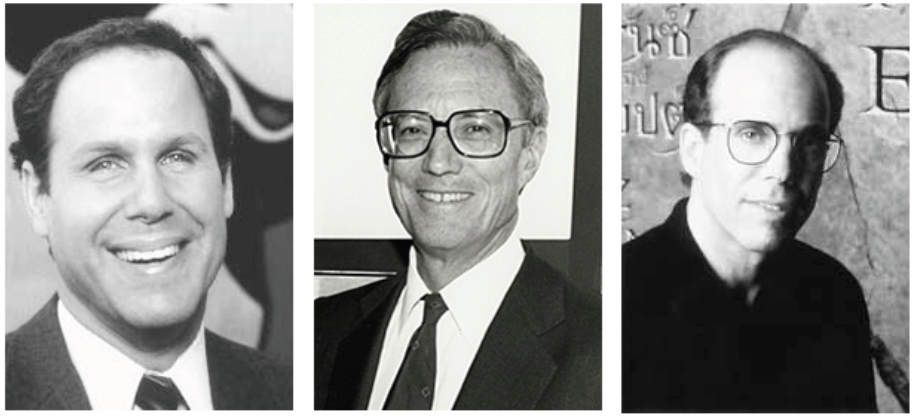

They brought their friend, Jeffrey Katzenberg, to lead Walt Disney Studios.
All three of them envisioned a quick method of improving Disney parks by adding some Hollywood flair.
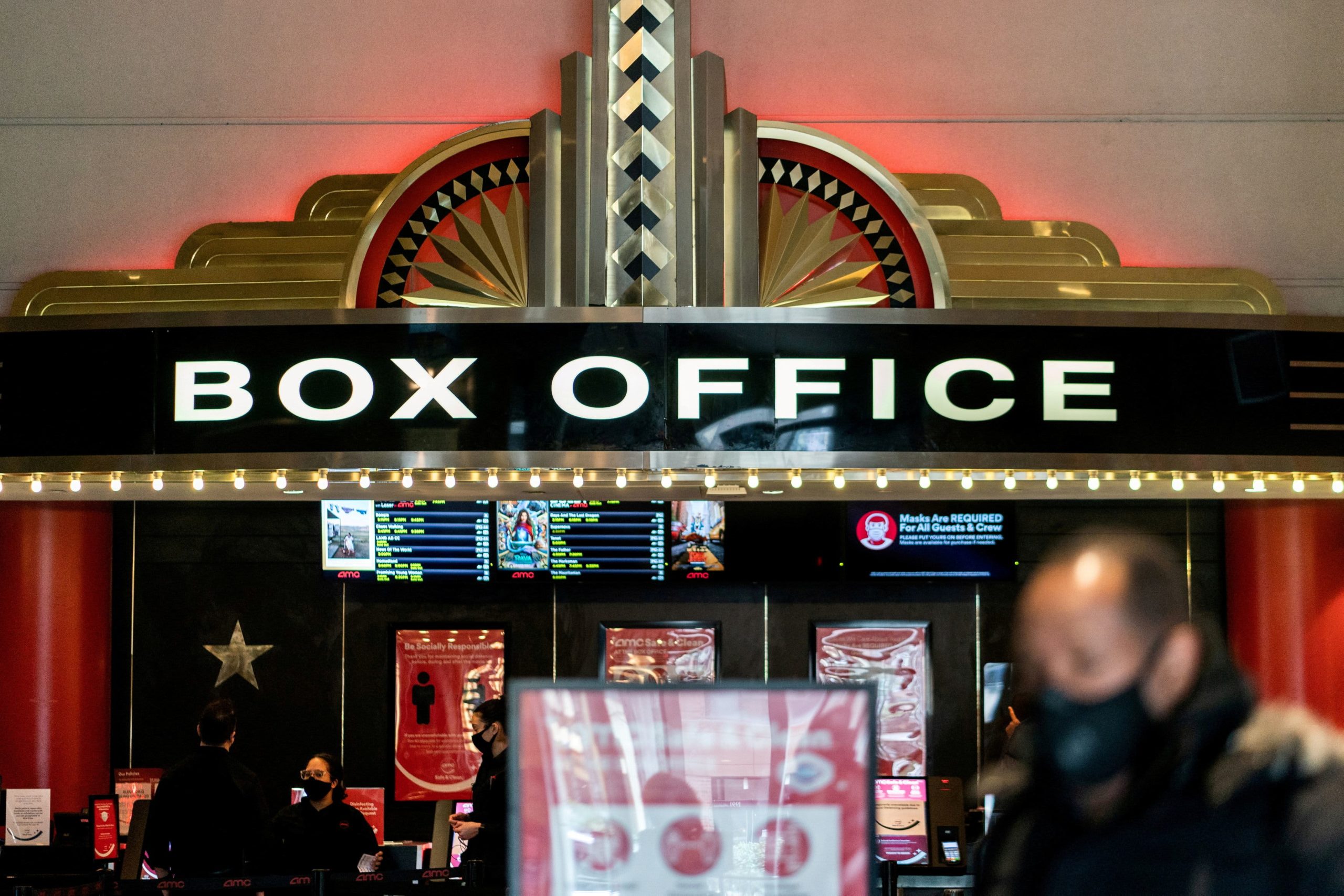

Photo: CNBC
That’s something the parks had lacked after Walt Disney’s death.
Since Katzenberg and Eisner had worked at Paramount Pictures previously, they held a professional and personal relationship with George Lucas.
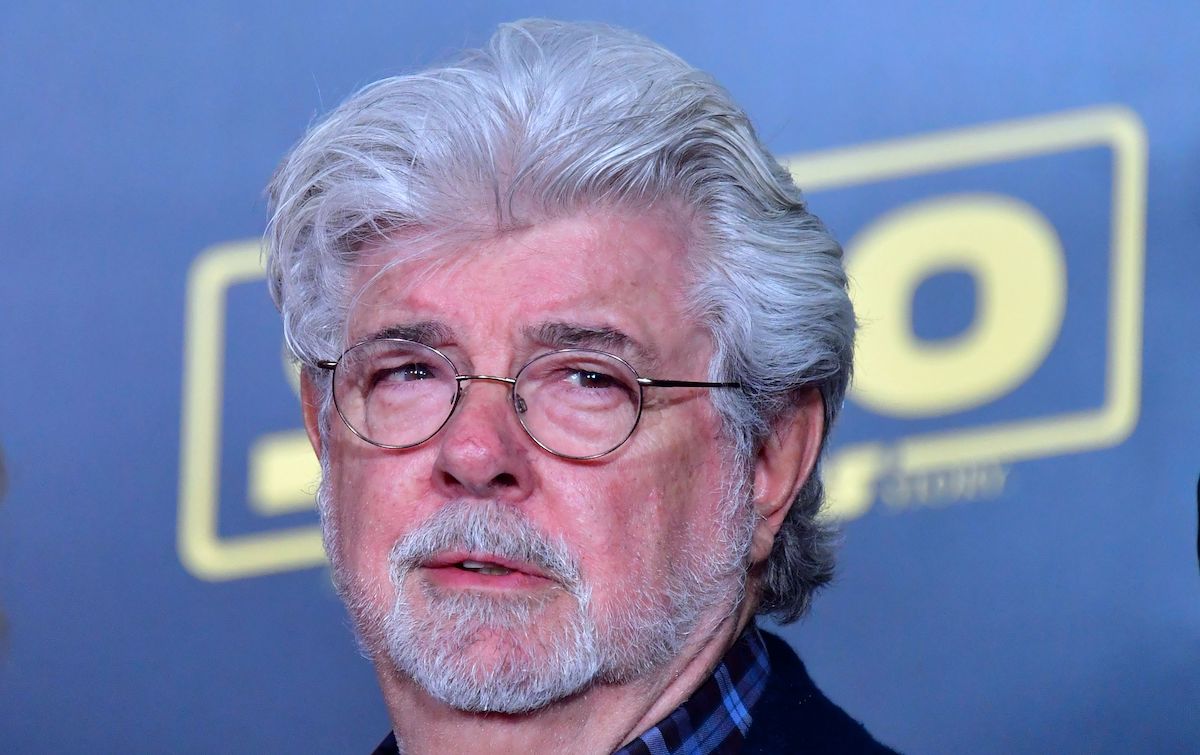

Photo: FREDERIC J. BROWN/AFP via Getty Images
An avowed Disneyland fan, Lucas treasured the idea of a Star Wars attraction debuting at the park.
That concept turned into Star Tours. Along the way, Disney pitched another Lucas adventure, one starring Indiana Jones.
Enter Tony Baxter
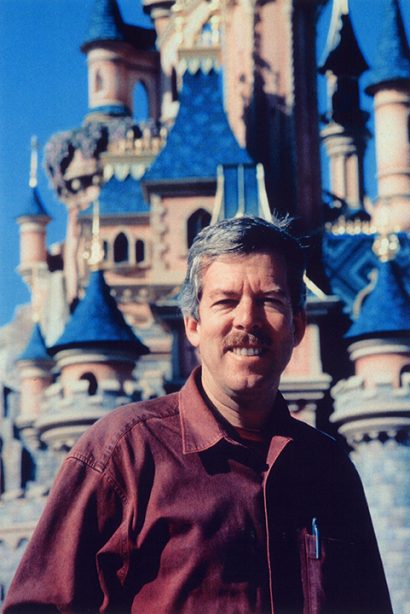

Credit: Disney
Imagineer Tony Baxter had successfully pitched Star Tours and Splash Mountain — on the same day! – and thought his dance card was full.
Then, Eisner tasked him with creating an Indiana Jones ride, too. Obviously, it would anchor Adventureland, too.
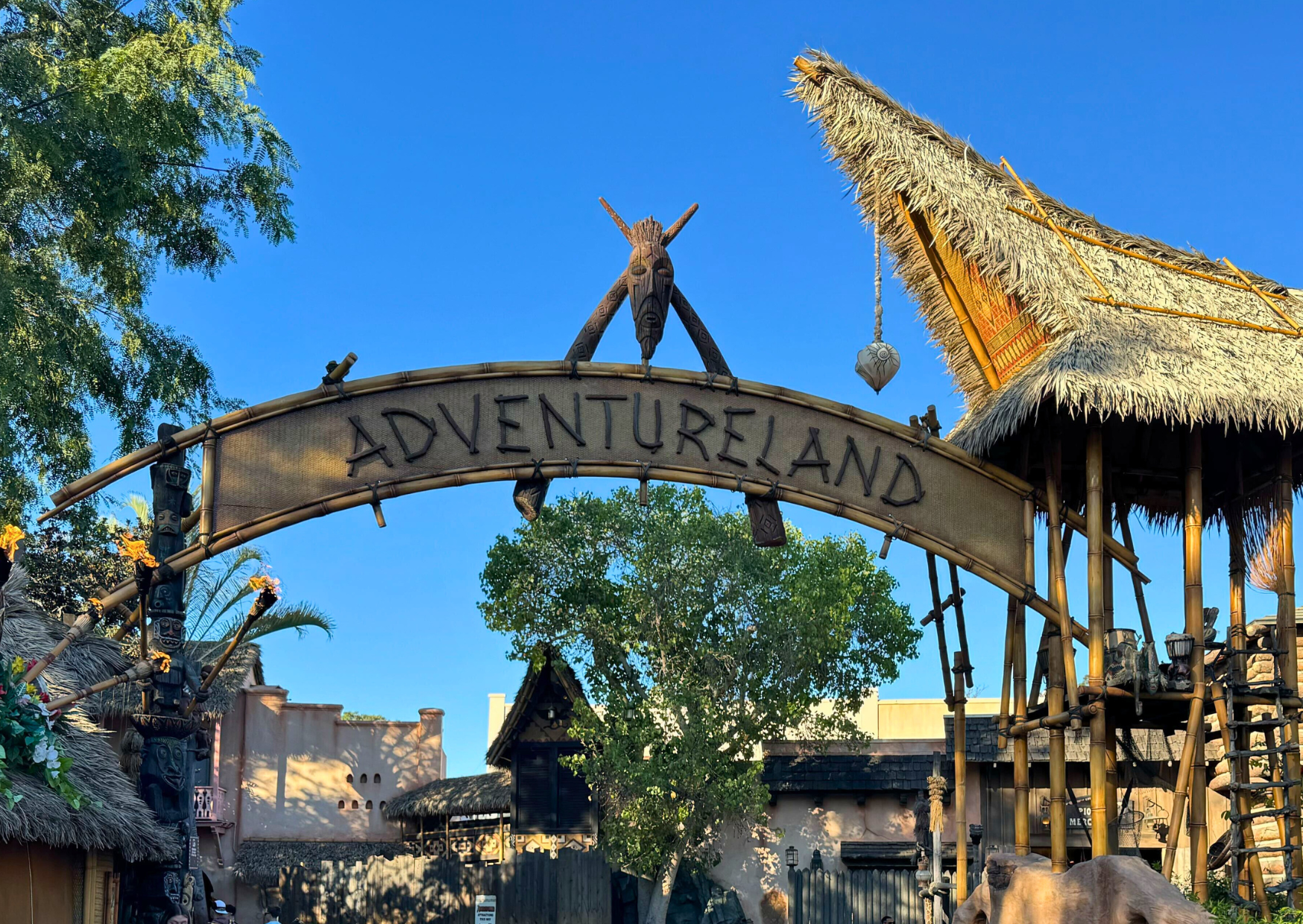

After all, who better embodies the spirit of adventure than Indiana Jones?
Of course, the trick involved a search for the best ride to capture the magic of an Indiana Jones adventure. That’s easier said than done.
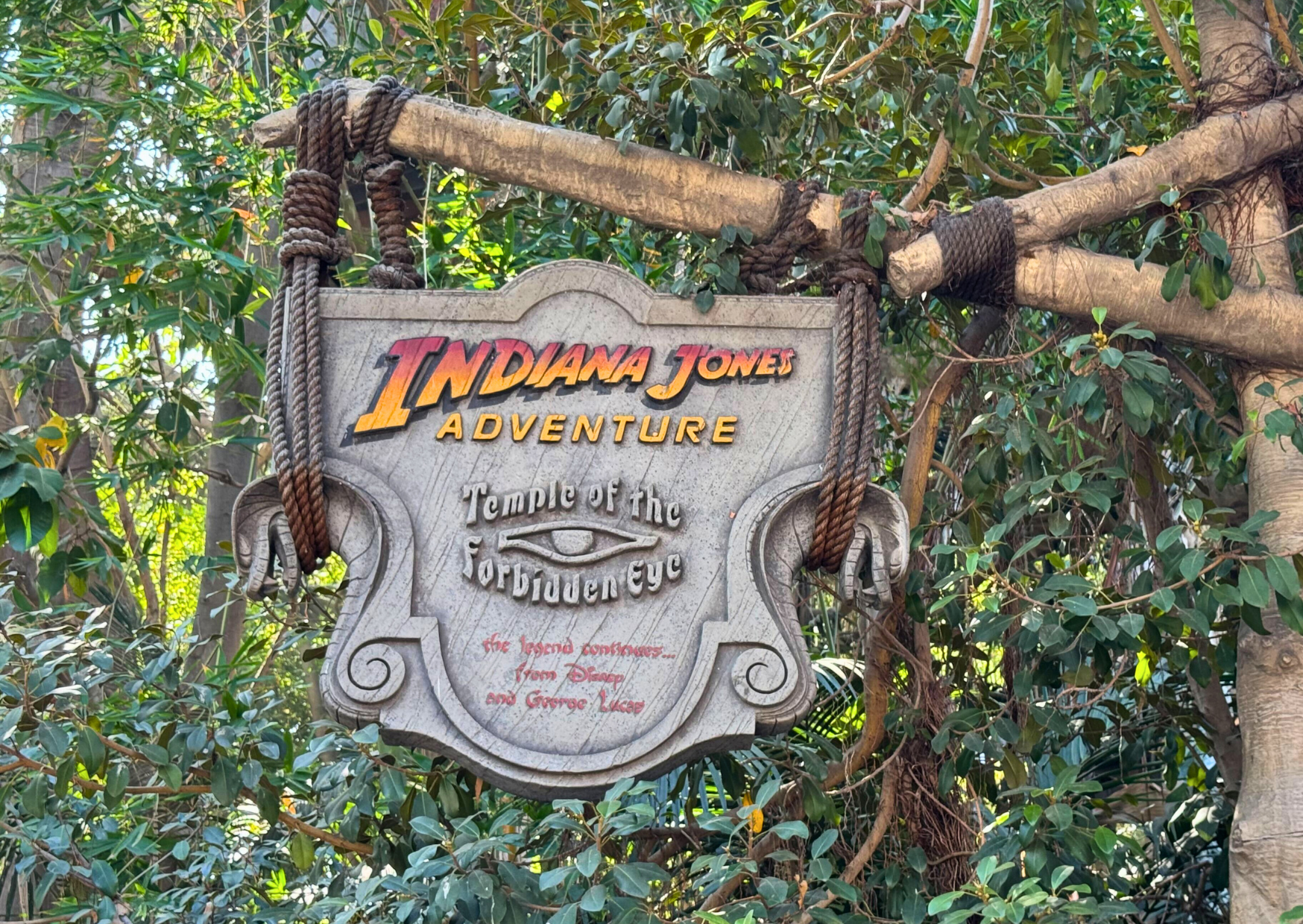

Indiana Jones Adventure Sign
Disney plotted a mine cart ride, while Eisner worked on a backup strategy.
Disney’s CEO wanted to add an entire pavilion at EPCOT, one that would focus on the movies.
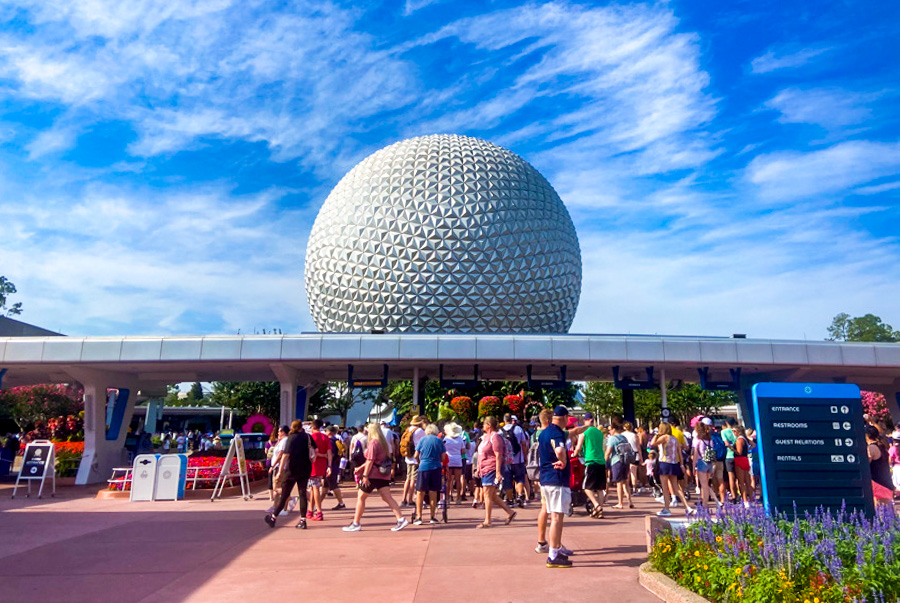

Eventually, that plan proved too small. So, Eisner expanded it into an entire theme park. In that moment, Disney’s Hollywood Studios was born.
Eisner understandably wanted film-based attractions, starting with The Great Movie ride.
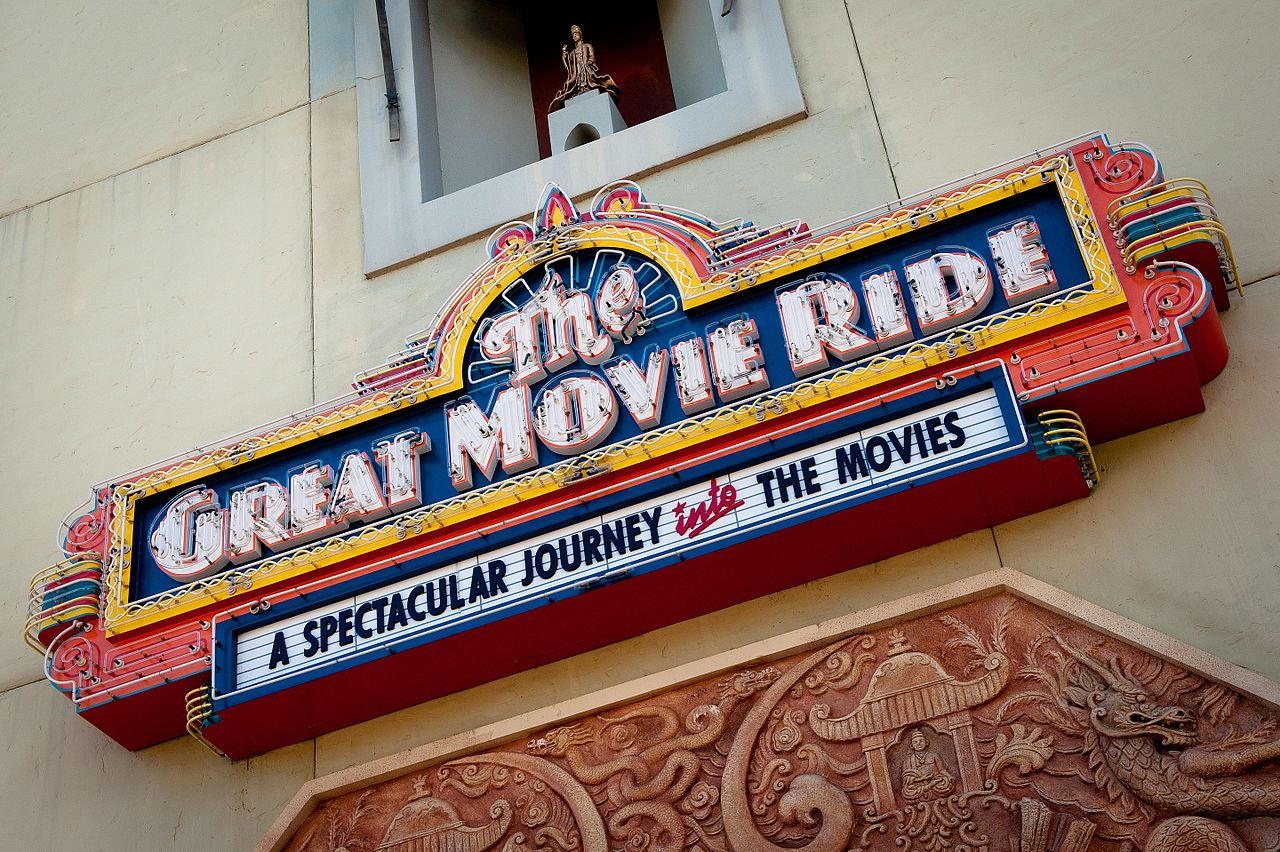

Photo: Josh Hallett
However, Eisner wanted an Indiana Jones project as well. That’s how the Indiana Jones Epic Stunt Spectacular was born.
In a matter of five years, Walt Disney World went from zero attractions with Indiana Jones to two.
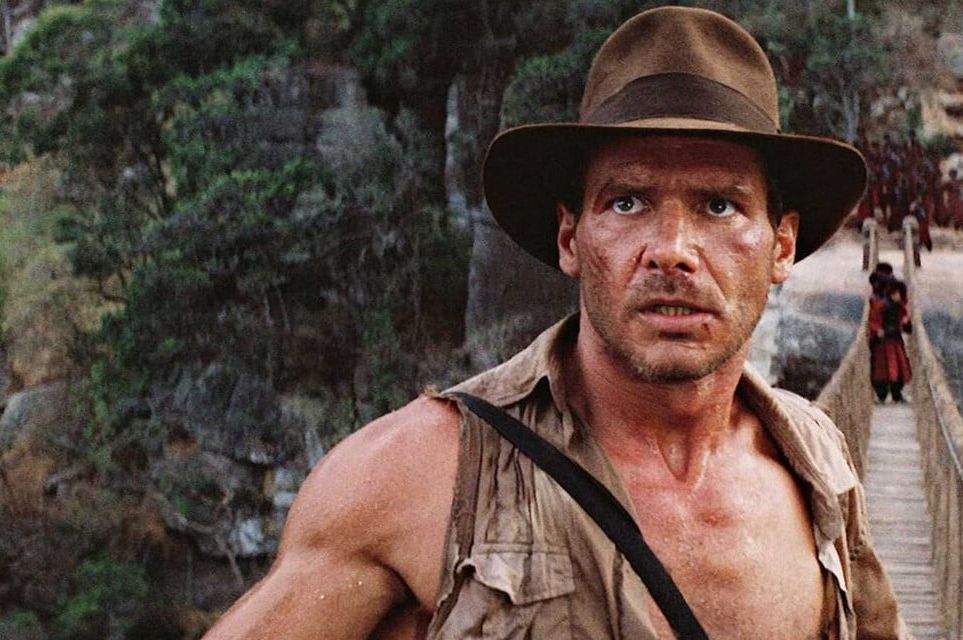

Photo: Men’s Health
Meanwhile, Disneyland still hadn’t made much progress. As Tony Baxter states, “The timeframe to create a new product takes a while.”
A Real Indiana Jones Adventure
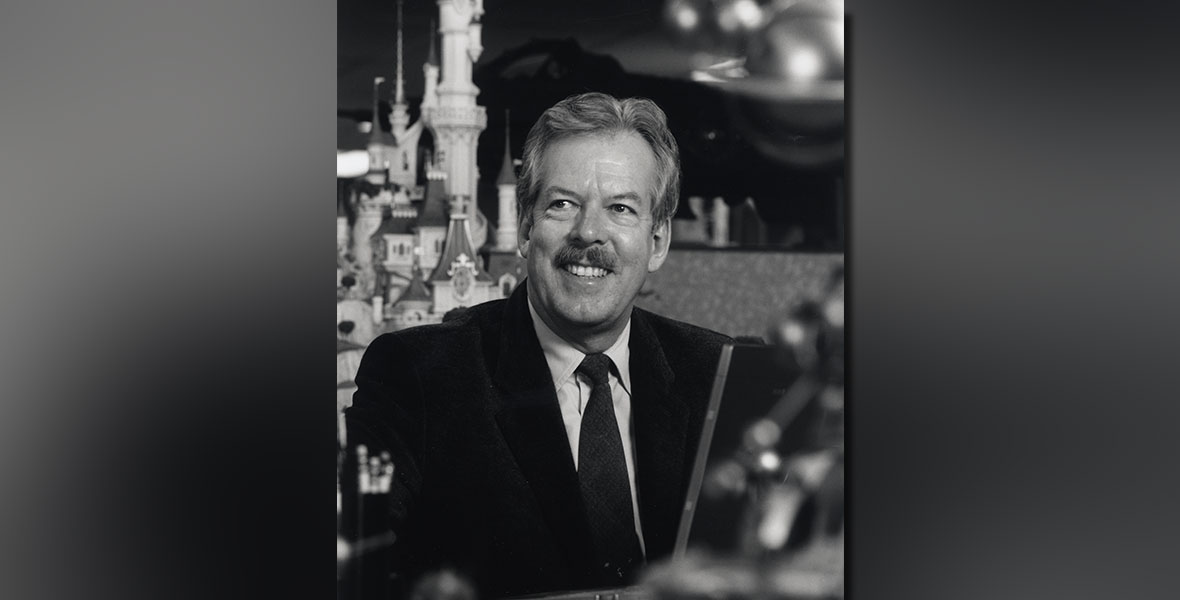

Credit: D23
As Tony Baxter considered the various ideas for an Indiana Jones ride, he recognized that a simple mine train ride was too limiting.
Disney weighed several different action sequences to highlight. Then, Imagineers grew bold, even for them.
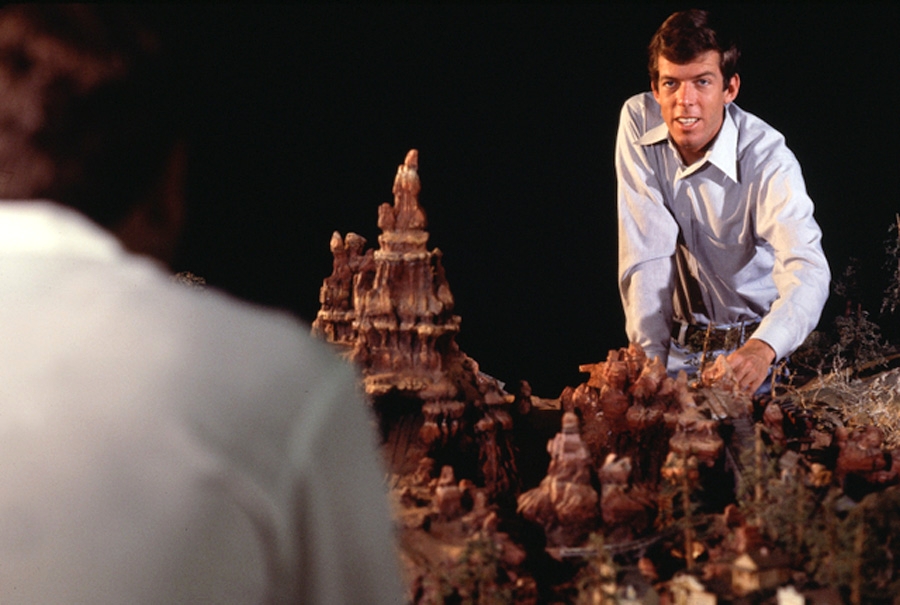

Photo: Disney Parks
Baxter and his team chose to construct a ride that would highlight all the ideas at once.
As Imagineer Jeanette Lomboy describes it, this ride “was going to be multiple attractions in one.”
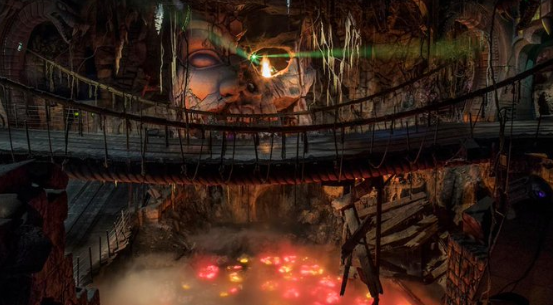

She and other Imagineers say, “There was gonna be a runaway mine train ride, mixed with a Jeep ride, mixed with the Jungle Cruise boat coming through, and even the train.”
Just to be clear, the Jungle Cruise boat and the train reference existing Disneyland attractions. So, yeah, the plans were extreme.
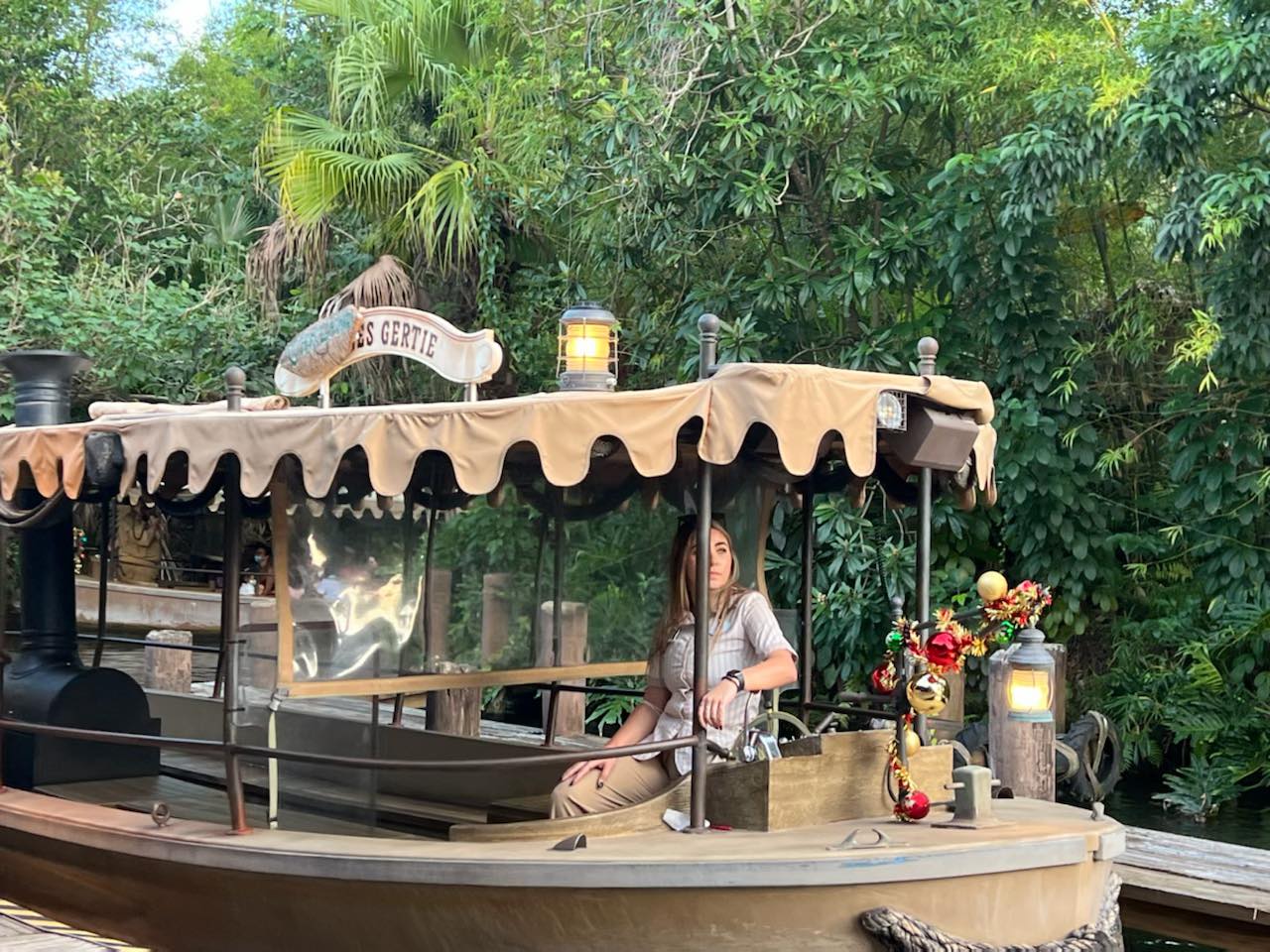

Jungle Cruise
In fact, Baxter chuckles as describes an interactive maze that Imagineers could have programmed “to make it hard or easy.”
Remember, there’s no J in Latin!
Lomboy describes their plan as a themed land rather than a ride. Of course, for that to happen, Adventureland would become Indiana Jones Land.
That change would have proven divisive…and wildly expensive. The finance department said no.
Disney must create an attraction rather than a themed land. That returned Imagineers to the debate about which story to select.
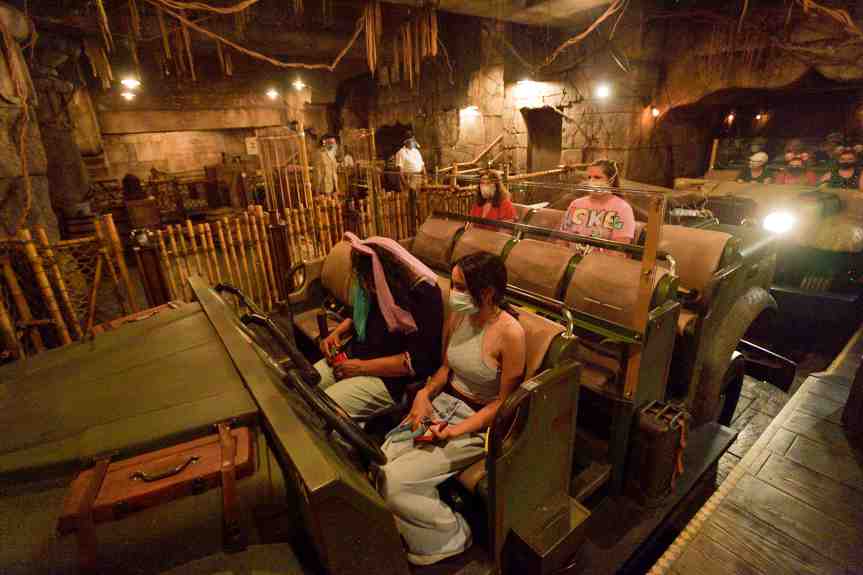

Photo: Jeff Gritchen, Orange County Register/SCNG
Thankfully, the Walt Disney Imagineering Research and Development Department invented something new…and at the perfect time.
The Enhanced Motion Vehicle (EMV) could simulate harsh terrain motion while the ride cart remained on a hidden track.
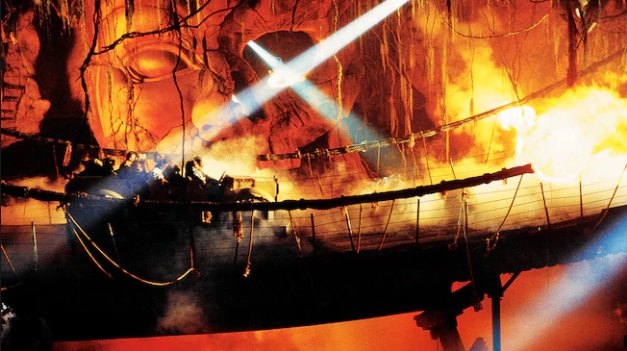

Photo: Disneyland
Thanks to the EMV, Imagineers could control the scene and the rider’s line of sight. That vehicle saved the day.
In fact, Disney loved it so much that Disney’s Animal Kingdom uses an EMV to tell the story of DINOSAUR, too.
The Mine Cart Ride and the Showbox Problem
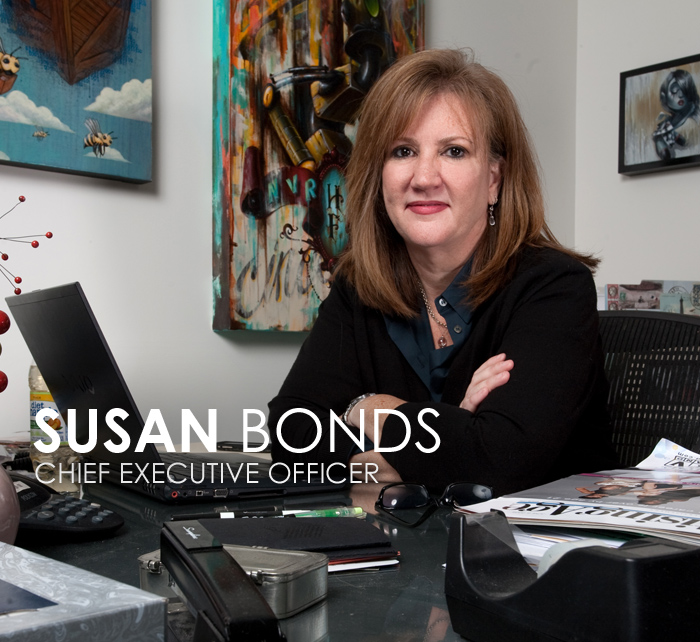

42 Entertainment
Baxter had worked too hard on the mine cart ride to abandon the mine cart ride.
He and the project leader, Susan Bonds, sold Eisner and Wells on the idea of building the ride, just not at Disneyland.
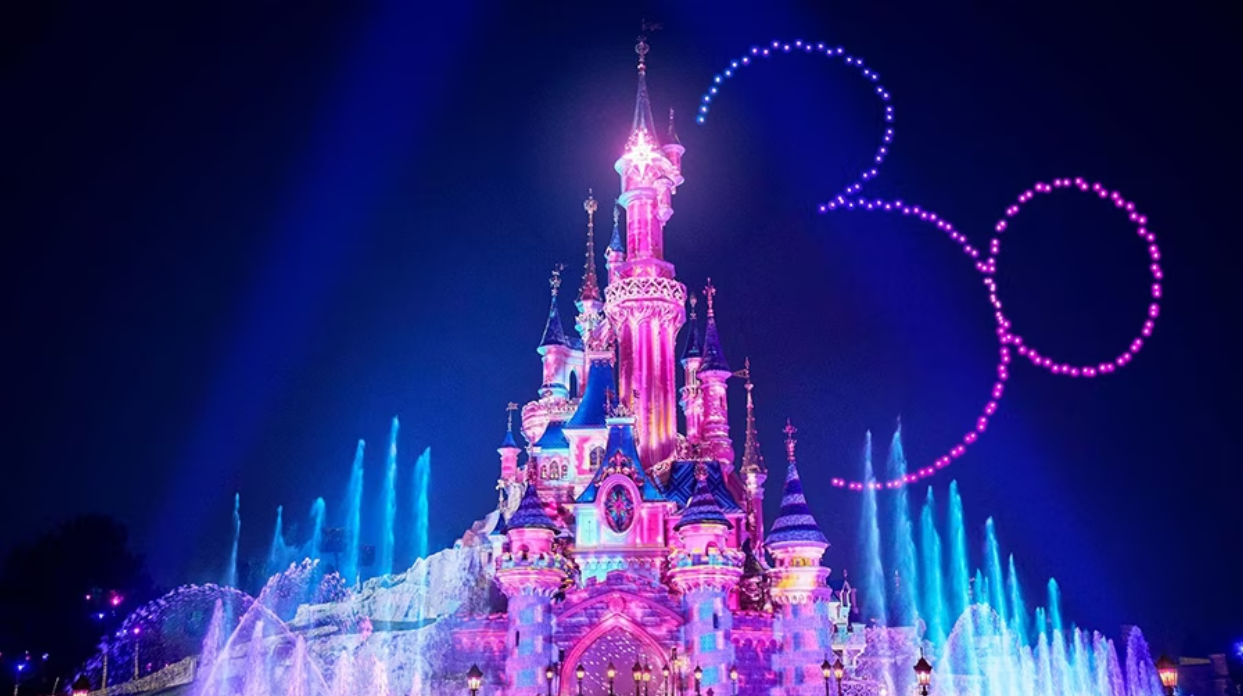

Photo: Disney
That’s why you’ll find Indiana Jones and the Temple of Peril at Disneyland Paris. It’s the finished version of the ride Disneyland never got.
Remarkably, Disney built that attraction so cleverly that park officials eventually operated it backward.
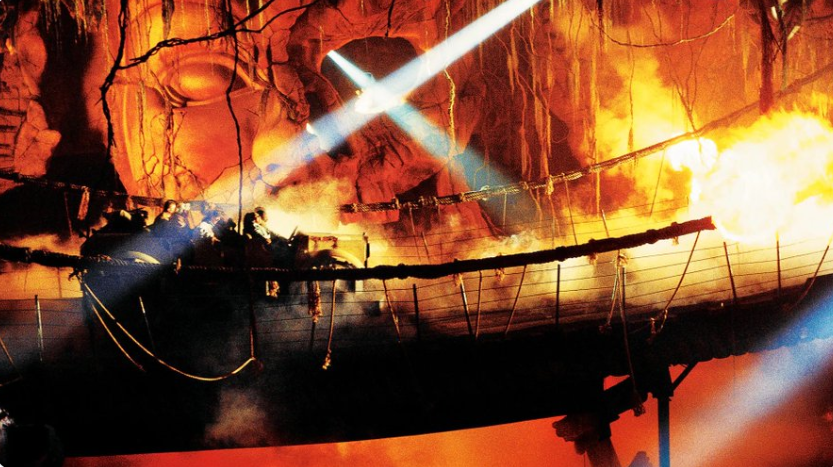

Photo: Disney
That’s a first for me. I’ve never heard of a roller coaster that works just as well backward as forward…at least not in the past 75 years.
At Disneyland, Frank Wells championed the most full-fledged Indiana Jones experience…but the attraction concept encountered problems.


Photo: OC Register
Disney lacked the space for a “Showbox” within the park. A Showbox is the Imagineering term for the show building that hosts the attraction.
Once again, Disney had to go outside the park’s boundaries.


(Renie Bardeau / Associated Press)
As was the case with Pirates of the Caribbean and Haunted Mansion, this constraint improved the attraction experience.
Imagineers themed the line queue in a way that elevated the immersion.
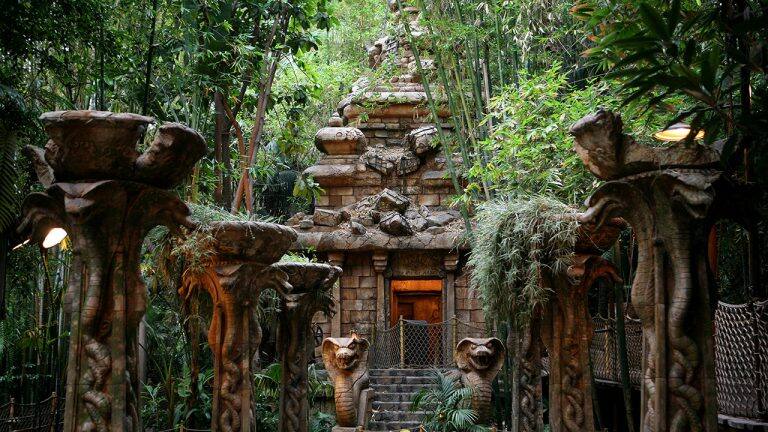

Photo: Disney
Guests walk through an extended underground line queue that gradually turns the setting into the 1938 setting of the Indiana Jones universe.
To create this level of detail, Disney had to – no joke – eliminate the Eeyore park lot, some monorail tracks, and part of the Jungle Cruise setting.
Totally worth it!
Why Did It Have to Be Snakes?
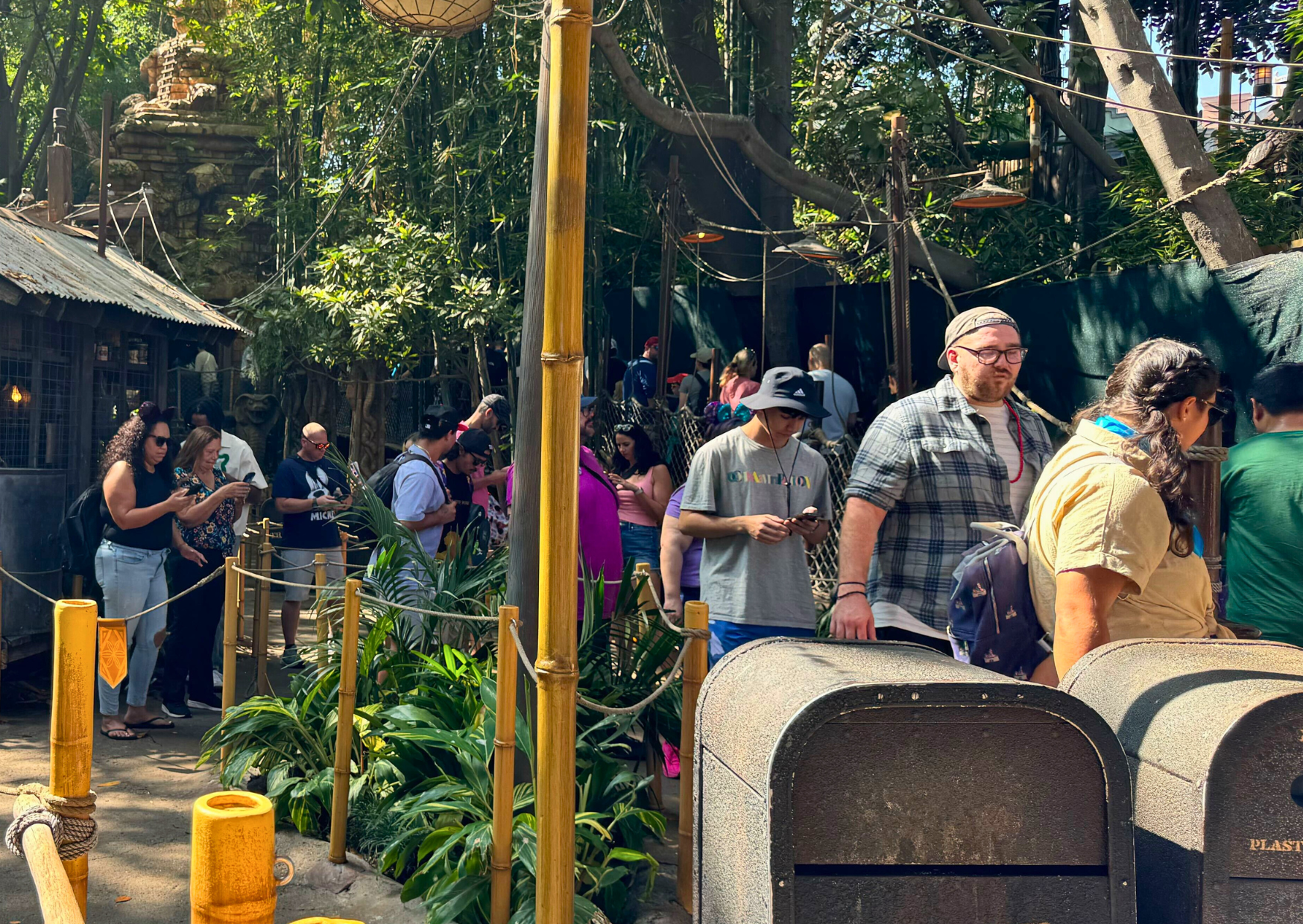

Disney Imagineers stressed every detail of the attraction, starting with the EMV.
Despite what I said earlier, the system technically doesn’t use a conventional track, although that’s a matter of semantics.
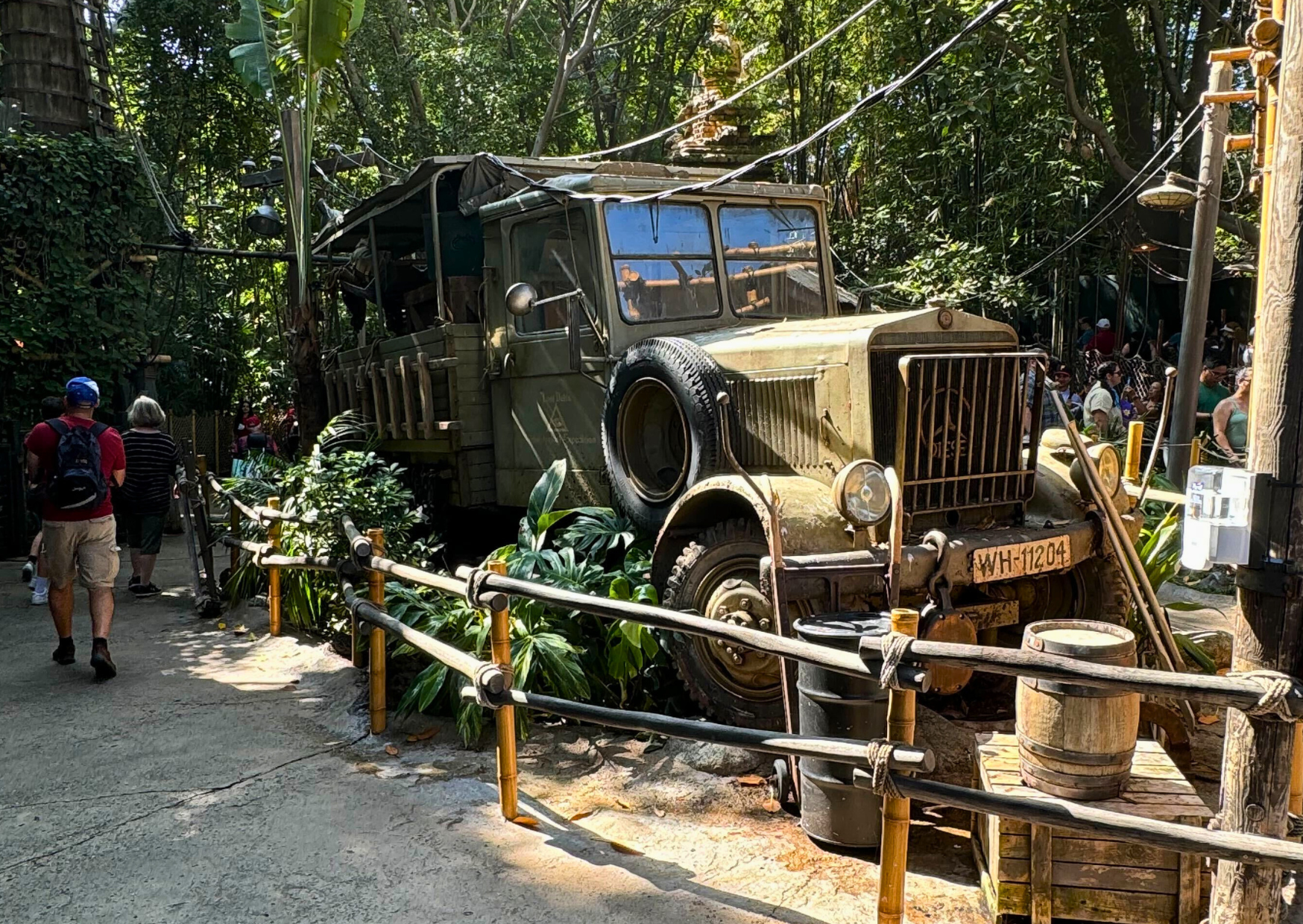

Indiana Jones Adventure Queue
Slots in the floor guide the EMV, but they don’t work the way you’d think.
Instead, a communications system relays information from the slot to the EMV, informing it when and where to turn.
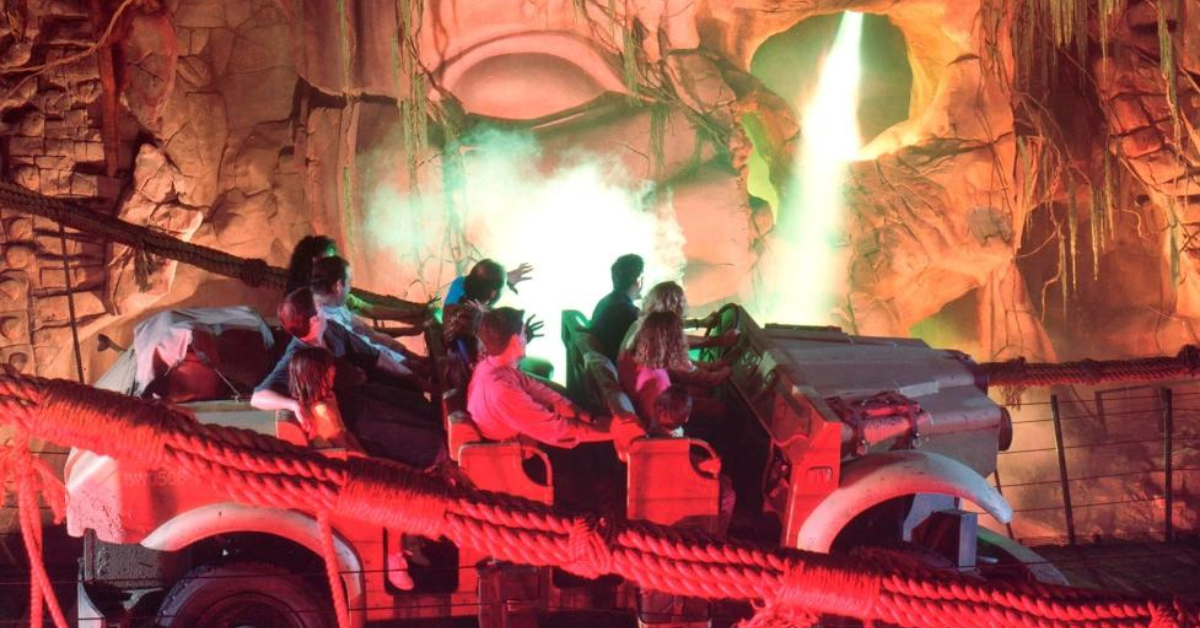

Photo: OC Register
You are legitimately riding a vehicle that awaits instructions on how to proceed.
Given the stress of these constant turns and many bounces, the ride cart creates real wear and tear on the tires.
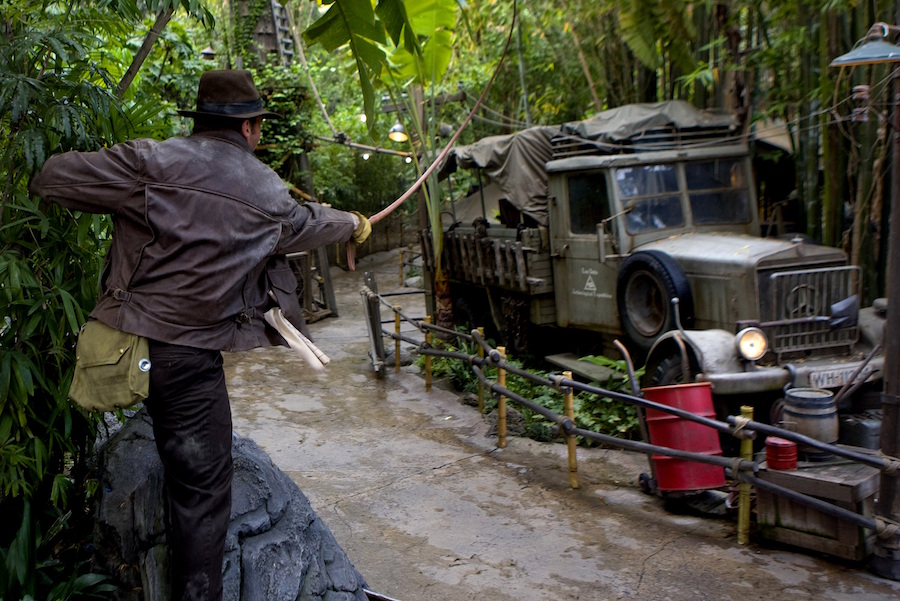

Photo: Joshua Sudock/Disneyland Resort
Baxter jokes that the ride cart “goes through tires pretty quickly.”
While you’re burning rubber, you’re also encountering the many terrors of the Temple of the Forbidden Eye. That’s the name of the place.
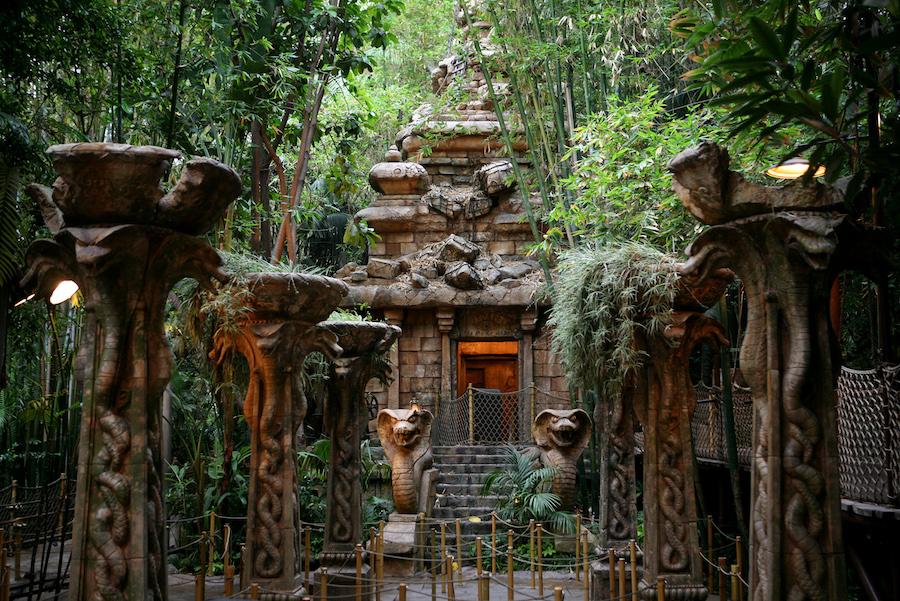

Of course, you could avert disaster by not staring into the eye of the goddess controlling the temple.
Alas, someone in your ride cart will inevitably stare into the Eye of Mara, sending you down the path toward the Gates of Eternal Doom. No, really!
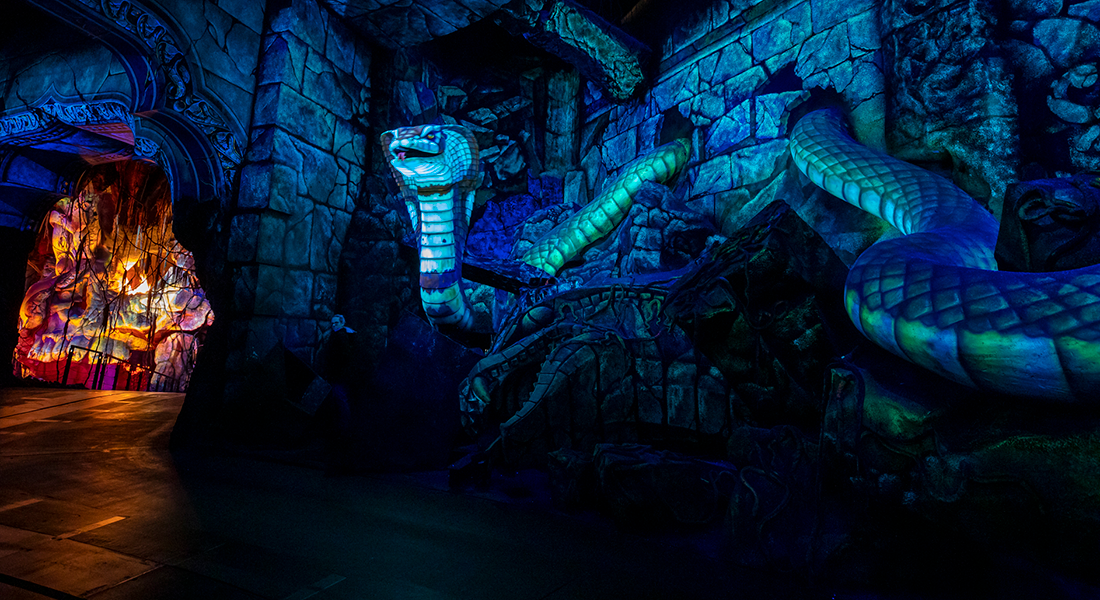

Theme Park Magazine
Baxter claims that George Lucas was quite flexible about the Temple of the Forbidden Eye, except for one complaint.
Baxter wanted a 50-foot snake to greet guests. Lucas resisted this idea, preferring a smaller one. Neither man proved flexible here.
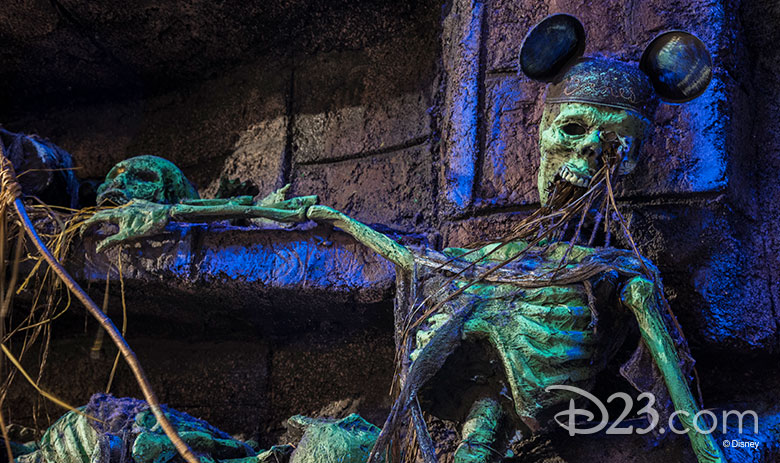

D23
Eventually, Lucas came up with a different idea. He requested thousands of snacks rather than one big one.
Yes, those of you with ophidiophobia can blame George Lucas for this ride’s horror.
Of course, Baxter got his way with the “super-sized snake,” too.
The Boulder Surprise
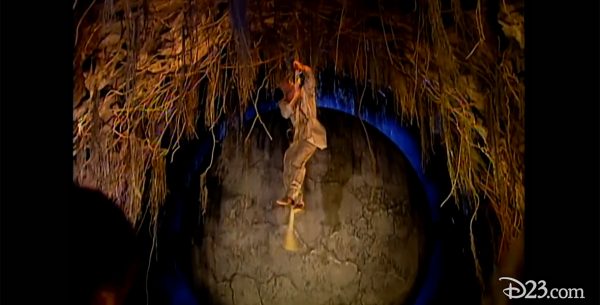

D23
This episode of Behind the Attraction reveals one of the best Imagineering secrets ever.
At one point on Indiana Jones Adventure, your ride cart stalls as a rolling boulder travels ominously in your direction. It’s a heart-stopping moment.
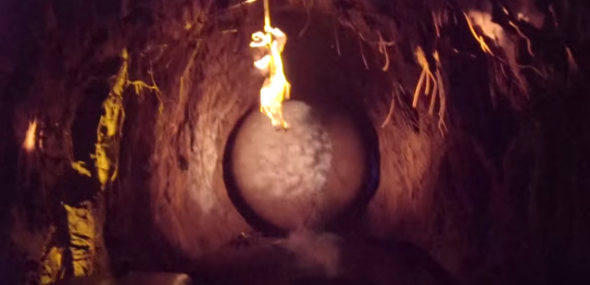

Theme Park Tourist
Eventually, you make your escape as you drive away from the boulder that tries to crush you. Well, that’s what you think.
In reality, your EMV doesn’t move at all…and here’s the shocking part. The boulder doesn’t move, either!!!


Theme park Magazine
Instead, the room moves. When you first enter the area, the room backs up to move in symmetry with you.
Then, the room goes into motion the other way as the “rolling boulder” spins in place. It never goes anywhere!
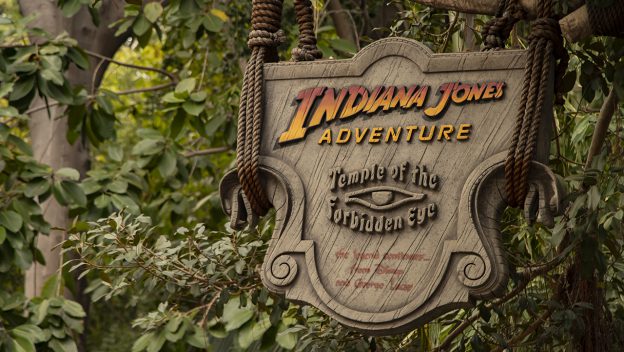

It’s an epic Imagineer trick that exemplifies the genius of this entire attraction.
Indiana Jones Adventure exemplifies the best of the Eisner/Wells era.
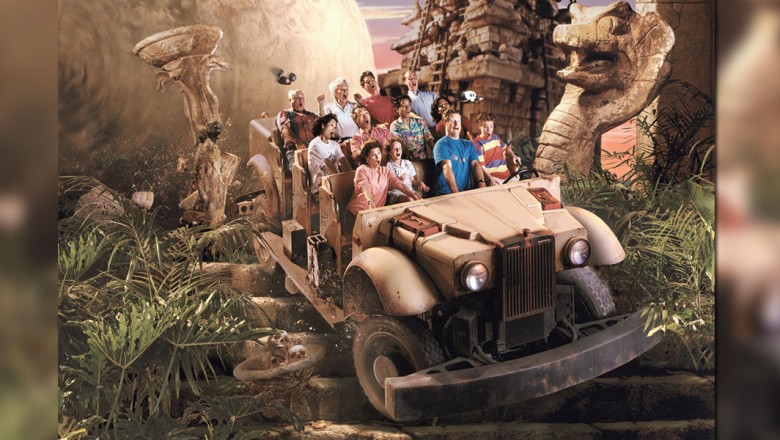

D23
Sadly, Wells, who was instrumental in the financing and greenlighting of the attraction, didn’t live to ride it.
Wells died in a helicopter crash in 1994…and it’s not hyperbolic to say that Eisner was never the same at Disney without his partner.
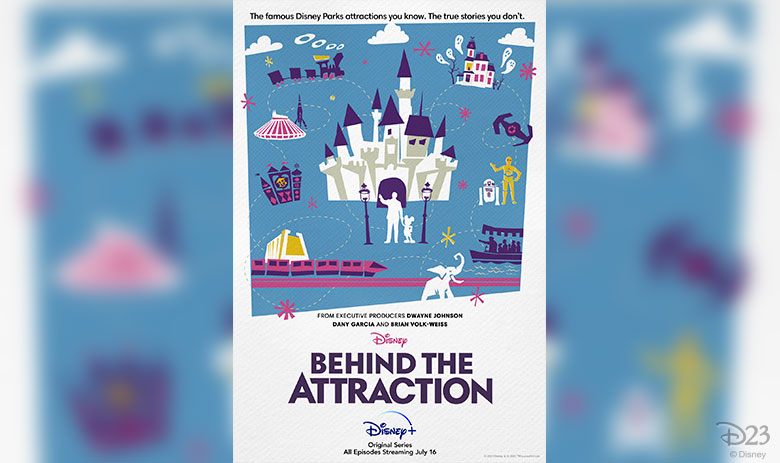

Behind the Attraction describes this bittersweet knowledge quite well.
“These mysterious ruins in Anaheim will stand as a monument to Frank’s legacy for many years to come.”
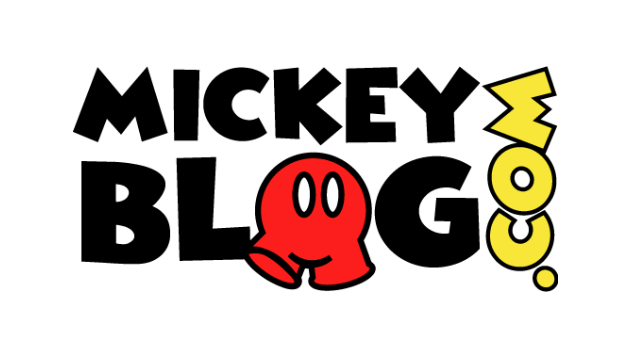

MickeyBlog Logo
Thanks for visiting MickeyBlog.com! Want to go to Disney? For a FREE quote on your next Disney vacation, please fill out the form below, and one of the agents from MickeyTravels, a Diamond Level Authorized Disney Vacation Planner, will be in touch soon!


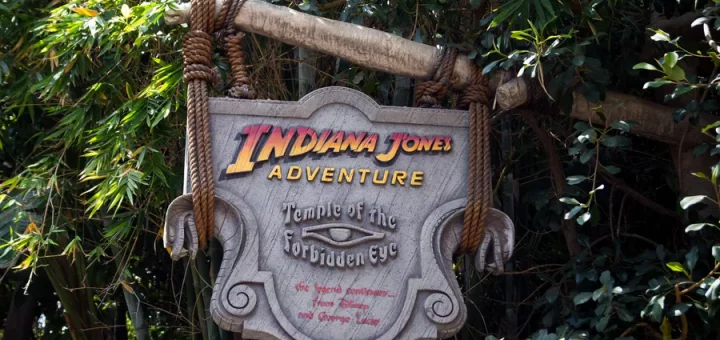
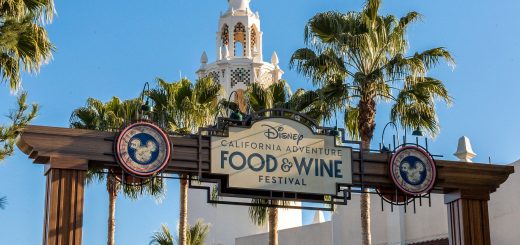
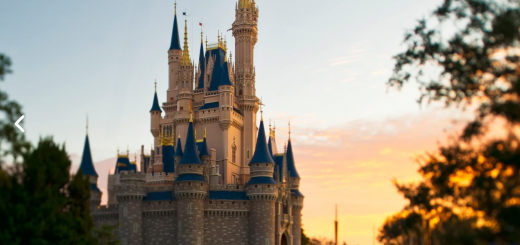


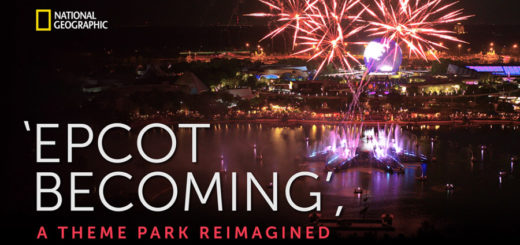
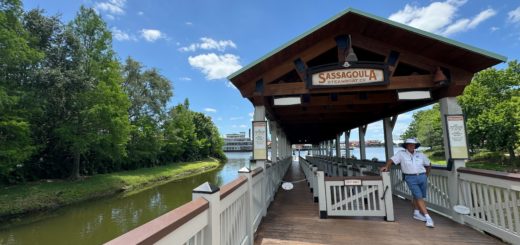
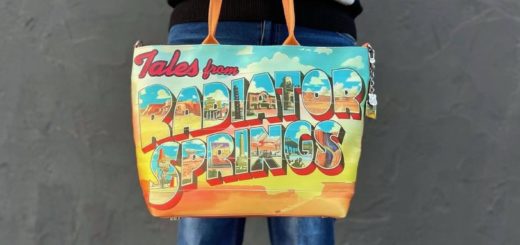
The part of the boulder not moving is wrong. It does move on its own track. The same for the EVM, it also moves, it does this so it can get closer to the point where the Jeep lunges forward. You guys might need to edit that part. In the documentary, they shared some good information, but the boulder is the major one that is highly incorrect.